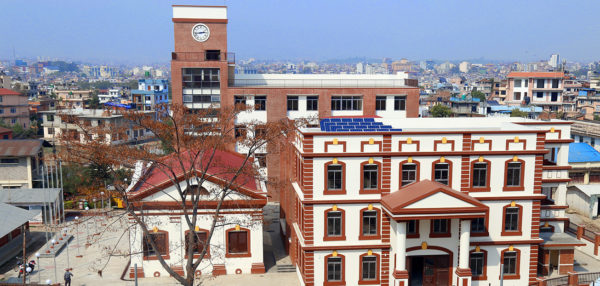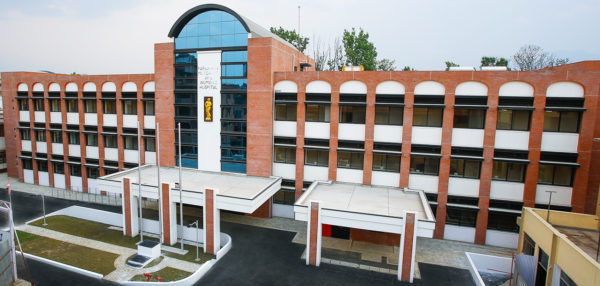Post-Quake Relief and Reconstruction for Nepal
OC Global is helping Nepal to recover from the deadly 2015 earthquake.
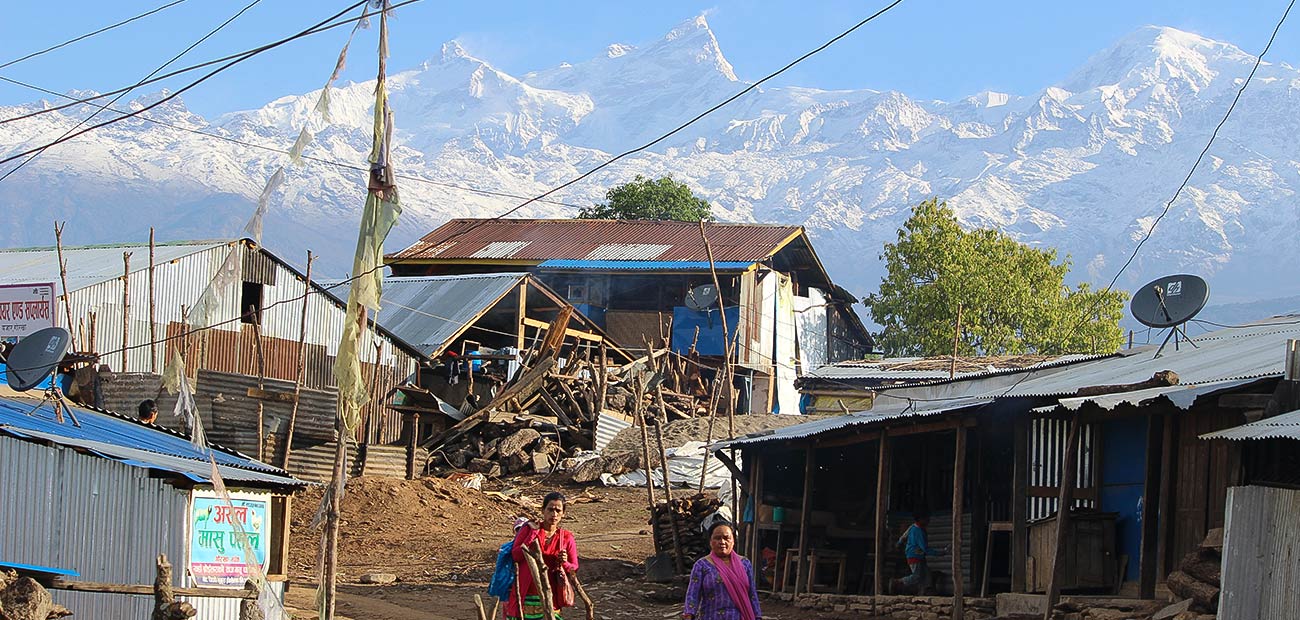
Challenge
Help Nepal rehabilitate and restore quake-affected districts near Kathmandu, while also encouraging those affected to take ownership of housing reconstruction.
On 25 April 2015, a magnitude 7.8 earthquake struck Nepal. Its epicenter was in the Gorkha District, approximately 80 km northwest of Kathmandu. The quake and its aftershocks caused loss of life and devastating damage to property. The official death toll was 8,702, and a further 22,303 people were injured. Approximately 500,000 houses were destroyed and another 260,000 badly damaged. The government of Nepal estimated the total economic damage at approximately US$7 billion, which has had a serious impact on Nepal’s economy.
The Transitional Project Implementation Support for Emergency Reconstruction Projects (TPIS-ERP) provided support for the Emergency Housing Reconstruction Project (EHRP) and the Emergency School Reconstruction Project (ESRP) to assist with recovery efforts in the aftermath of the 2015 earthquake. OC Global’s suite of technical services is supporting these projects. One of the principles of the EHRP is “owner-driven construction,” meaning that earthquake victims are required to start housing reconstruction by themselves. Therefore, encouraging and motivating the victims is a major goal of the project.
Services
OC Global provided temporary housing relief, such as tents, before embarking on this project, which covered four outputs, to help Nepal in its recovery.
Output 1: National- and district-level plans
- Earthquake disaster and risk assessment based on the results of “The Project for Assessment of Earthquake Disaster Risk for Kathmandu Valley in Nepal”, which resulted in the creation of a landslide hazard map
- Kathmandu Valley Resilience Plan (KVRP)
- Rehabilitation and Recovery Plan (RRP) in two districts
- Institutional capacity development for the formulation and implementation of the above-mentioned plans and designs
Output 2: Promotion of seismic-resistant buildings and structures, and dissemination of guidelines
- Investigation on the need for updating codes for seismic-resistant housing, buildings such as schools, infrastructure such as roads and bridges, and lifelines
- Formulation of guidelines for seismic-resistant housing and school buildings
- Investigation of a subsidy system and mechanism for disseminating seismic-resistant building guidelines
- Human resource development for seismic resistant housing and school buildings (including developing curriculum and textbooks, and the implementation of training programs)
Output 3: Prioritized reconstruction projects (program grant aid)
- Selection of prioritized reconstruction project plans
- Design and approximate cost estimate of the prioritized reconstruction project plans
Output 4: Formulation and implementation of Quick Impact Projects (QIPs)
For the EHRP, OC Global is providing inclusive technical services such as development of earthquake-resilient standards, training of government engineers, training of masons, and orientation for earthquake victims. The Community Mobilization Program (CMP), one of several similar programs, was implemented in 2017 to accelerate housing reconstruction through mutual support within the community.
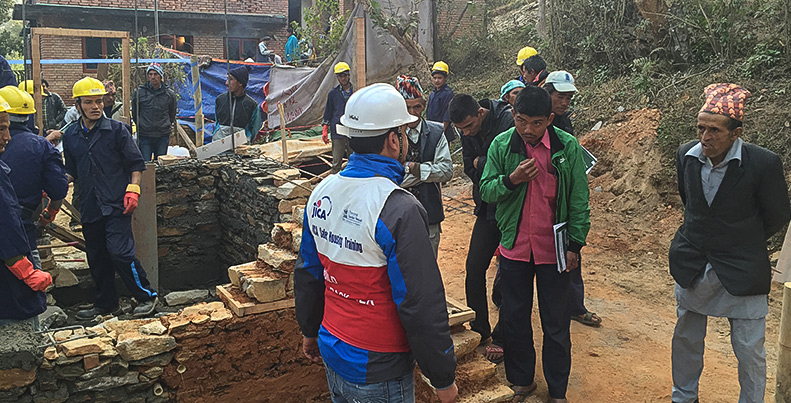
Results
OC Global’s work to support Nepal in the aftermath of the earthquake has led to a number of important results, accomplished through the outputs stated above. A rehabilitation and recovery plan for the affected district was put in place (Output 1); training videos were created for masons (Output 2); a hospital was designed (Output 3); women were trained in vegetable farming (Output 4). Further outputs are expected as the projects progress.
The housing reconstruction start rate and housing grant distribution rate have increased since the CMP began in 2017. We aim to complete all housing reconstruction for the target beneficiaries, with thorough quality control and intensive support for vulnerable beneficiaries through the CMP.
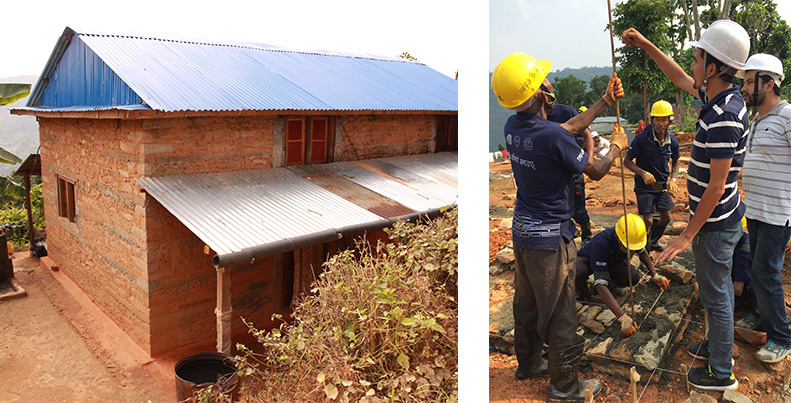
Location
Nepal
Official Title
Transitional Project Implementation Support for Emergency Reconstruction Projects (TPIS-ERP)
Project Type
Architectural - disaster recovery
Client
Government of Nepal
Project Period
2017 – 2021
Sustainable Development Goals (SDGs)
'Build-Back-Better' industry, innovation and Inflastructure destroyed by a magnitude 7.8 earthquake struck in Nepal

